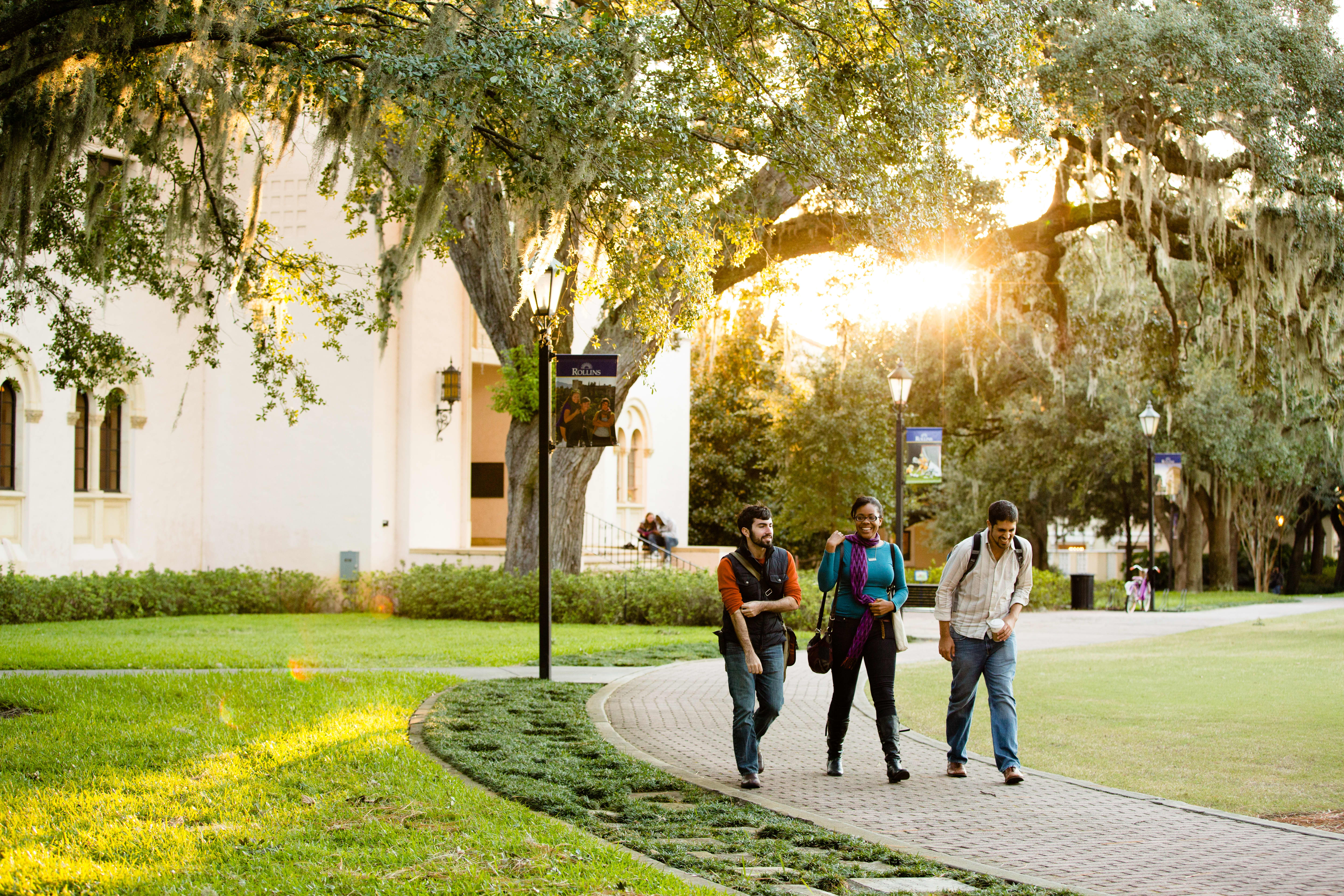
College acceptance letters are already in the mail. Now high school seniors must decide their fate for September.
Up until now, National College Decision Day, the deadline for high school seniors to choose which college they will attend, has always been May 1.
This year, however, the global coronavirus pandemic and extreme economic uncertainty have pushed many schools to extend the deadline until June 1.
“I can’t imagine that families broadly will have any understanding of the impact of this moment on their finances,” said Marie Bigham, and executive director of advocacy group Admissions Community Cultivating Equity and Peace Today, or ACCEPT. ACCEPT has a running list of colleges that have extended their deposit deadlines.
“The investments that families set aside to pay for college are taking a financial hit, and parents who may have planned to pay for their student’s tuition — or even students who planned to work their own way through college — are now unsure if those jobs and paychecks will be available to them in the future,” said Anne Huntington, president of the Huntington Learning Center.
Heightened by fears of a sharp economic slowdown, more students and families are now more likely to choose local and less-expensive public schools rather than private universities far from home, according to Robert Franek, editor in chief of The Princeton Review and author of “The Best 385 Colleges.”
Many students who have wanted to go to school in major cities like Los Angeles or New York City may now have concerns.
Anne Huntington
president of Huntington Learning Center
The majority, or 70%, of all students will stay within 180 miles, or roughly three hours, of their family’s home to attend college, according to The Princeton Review; others may even defer admission until 2021.
In the wake of COVID-19, there are other considerations, as well. “Many students who have wanted to go to school in major cities like Los Angeles or New York City may now have concerns,” Huntington said.
“Students may want to avoid living in dorms with many other students, instead opting for universities where they can afford to live off-campus, or even live at home and commute to school,” she added.
More from Personal Finance:
Federal student loan rates set to hit historic lows
Coronavirus may drive high school seniors to in-state colleges
Stemming international enrollment could cost $41 billion
At the same time, school budgets are dependent on fall enrollments and pushing back decision day makes them more vulnerable to fluctuations in tuition revenue.
“Knowing by May 1 the number and shape of their class is crucial,” Franek said.
Adding to the burden is the likelihood that fewer international students will enroll for the upcoming academic year, which will be problematic for the colleges that bank on them.
Over the last decade, deep cuts in state funding for higher education have put pressure on schools to admit more students who need less aid to cover massive operating budgets, which is why so many schools have come to rely on the revenue from foreign students who typically pay top dollar.
Rollins campus
Source: Mica Garcia
But restrictive student visa policies and changing attitudes about studying the U.S. is likely to stem the flow of international students, who contributed nearly $41 billion to the national economy in the 2018-2019 academic year, according to NAFSA: Association of International Educators.
“I do think the class will look different,” said Faye Tydlaska, a vice president of enrollment management at Rollins College in Orlando, Florida, of the incoming freshmen.
“We may see more of a local or in-state population,” she added. “I worry about the international population.”
As a result, such schools may not be able to be as generous with their financial aid offerings.
It is impossible to imagine a world where financial aid dollars don’t dry up.
Arun Ponnusamy
chief academic office of Collegewise
“Domestic students might be the well of wealth to draw from,” said Arun Ponnusamy, chief academic officer of Collegewise, an educational consulting company. “For [students who need] financial aid, that is a huge concern.”
Currently, about two-thirds of all full-time students receive aid, and it is the single most important factor in determining access to a college education.
For college-bound students and their parents, a whopping 99% of families said financial aid would be necessary to pay for college and 87% said it was “extremely necessary,” according to The Princeton Review.
“Even wealthier universities are going to have to take a look at scholarship finds, which are often built off of endowments,” Ponnusamy added.
“It is impossible to imagine a world where financial aid dollars don’t dry up,” he said.
Subscribe to CNBC on YouTube.



